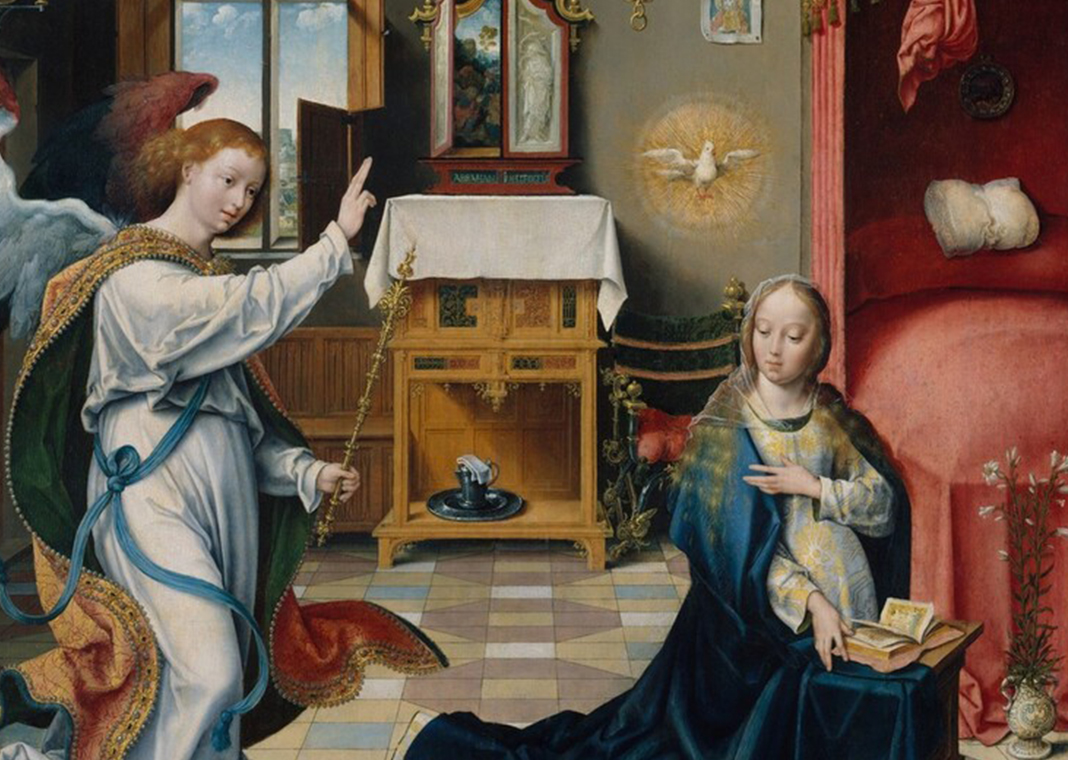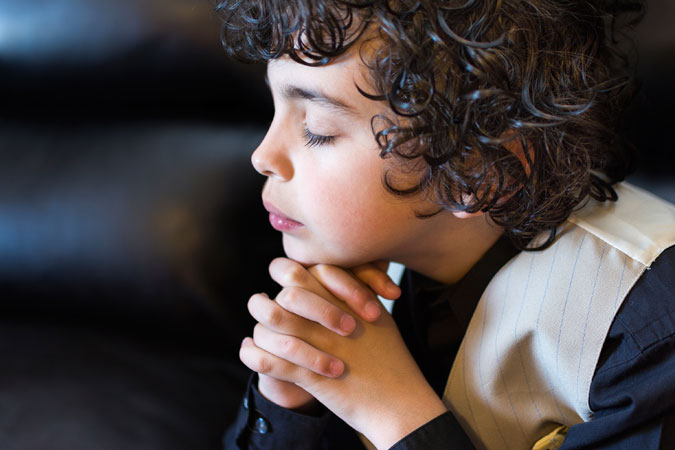
Teaching about angels is something that I weave throughout the catechetical year. There are so many ways that angels pop up in different contexts. My overall learning goals in teaching about angels are for the children to know: (1) Angels are unique and special beings created by God; (2) angels serve as God’s messengers and servants; and (3) everyone has a guardian angel.
I want my students to recognize angels as special beings created by God. Angels are pure spirits that sometimes take on form to complete a mission for God.
Angels appear many times in Scripture, and usually their first words are, “Do not be afraid.” I encourage children to use their imaginations and think about how amazing and awesome angels must be to have this effect on people. I ask the children to share ideas of what angels might have looked like to make them so awesome. Do you think angels are very large? Are they bright like lightning? Do they have wings?
In one of my first lessons each year, I focus on the Hail Mary. We begin by reading the Annunciation (Luke 1:26–38). This is a wonderful Biblical scene for children to imagine themselves taking a part in. We talk about what Gabriel’s message means and how Mary responded. Another messenger angel came to Joseph in a dream to tell him Mary’s baby was from God and to name the baby Jesus (Matthew 1:18–21).
In Advent I revisit the Annunciation and Gabriel’s message. Much to my delight, the last two years I have had a student named Gabriel in my class, and the Gabriels are always proud to respond when I ask the name of the angel in the story. Of course, angels have major supporting roles in the Nativity: the angel who announces the “good news of great joy” followed by the choir of herald angels filling the sky to sing “Glory to God.” My students’ connection with angels is strengthened when they sing “Hark! The Herald Angels Sing” in the Christmas pageant. Right after Christmas we celebrate the Epiphany with angels who bring messages of warning both to the Magi and to Joseph to take the Holy Family to Egypt. Continuing through the year, I explain how angels ministered to Jesus in the desert (Matthew 4:11) and at his agony in the garden (Luke 22:43). Angels witnessed Jesus’ Resurrection (John 20:12–13).
In teaching about the Mass, I again point out the presence of angels. The Gloria is based on the angels’ song of praise in Luke 2:14, while the “Holy, Holy, Holy” is based on the seraphs’ song in Isaiah 6:2–3. Also, I explain that when we are at Mass we are surrounded by the saints and the angels, though we can’t see them.
Finally, I teach children the Prayer to One’s Guardian Angel. The Feast of the Guardian Angels on October 2 is a great time to introduce this prayer, and it can be practiced throughout the year. Having a personal guardian angel is a beautiful sign of God’s love that gives me comfort that I share with my students.
These are some of the ways I teach about angels. How do you include angels in your lessons?





Great article, Cindy! Simple, comprehensive, practical. We need to let children know that they are not alone. Angels are God’s gift to us!
Thanks for the comment, Christine. Angels are God’s gift to us, indeed! Well, said.